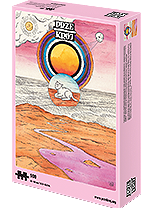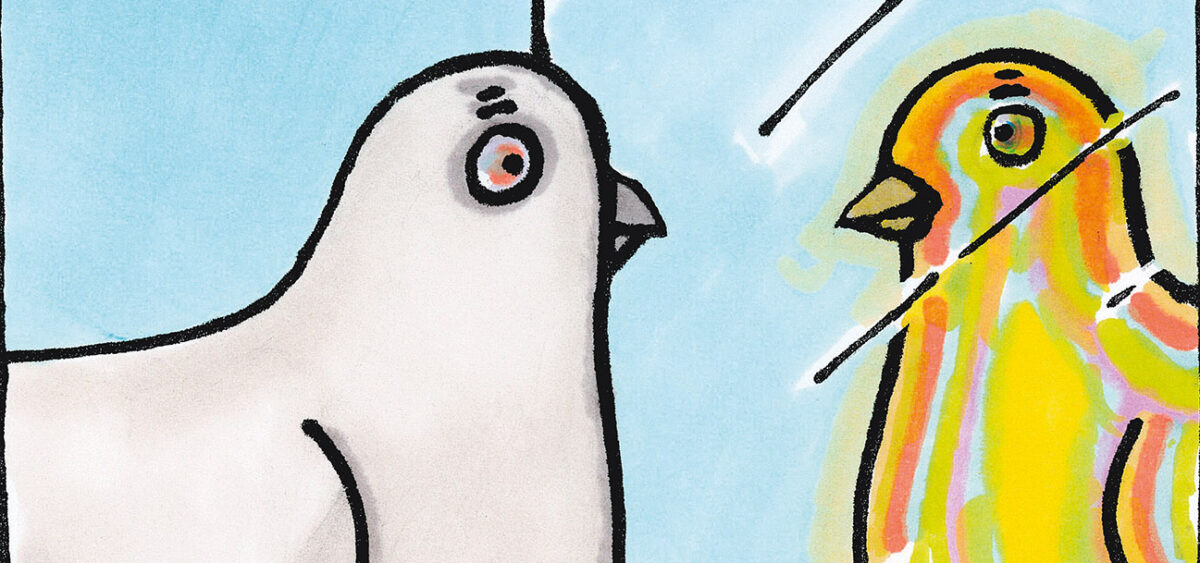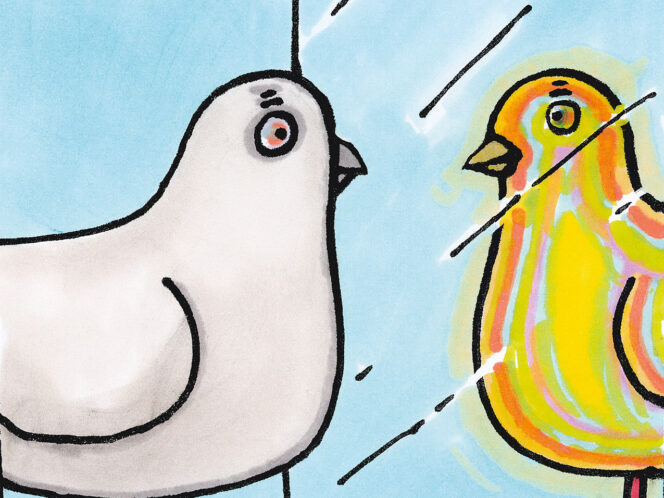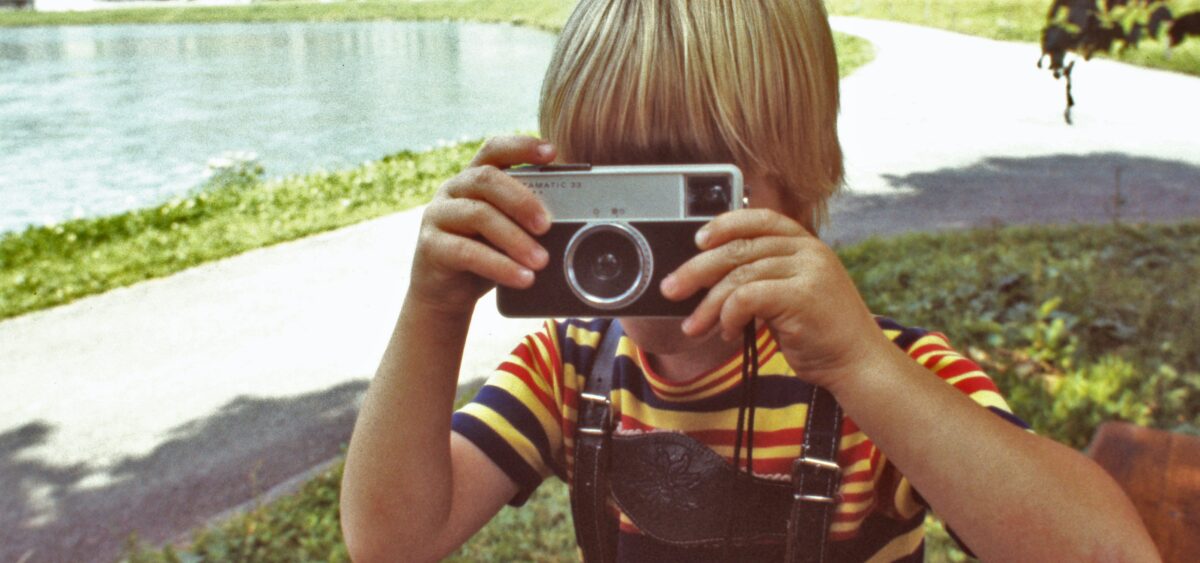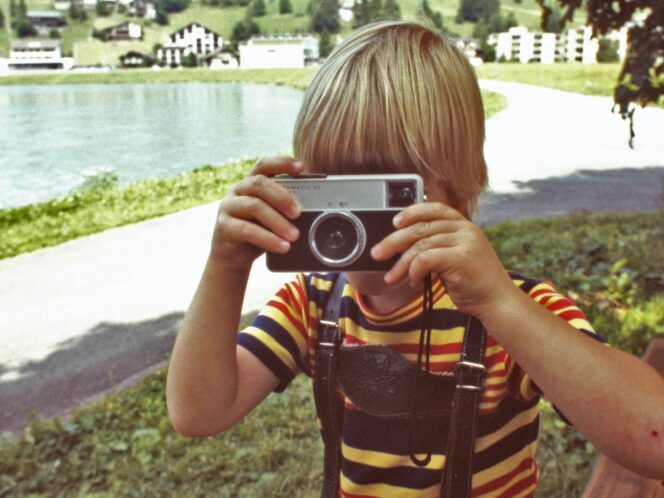
Birds ruffle their feathers flickering with ultraviolet; lizards stick to stones glowing with infrared. The color world of animals goes far beyond the spectrum available to humans.
The universe basks in photons. It is like a plump, shiny cherry dipped in sweet liqueur—it drips in radiation, shooting motes of light all around. The wildest light: cosmic objects in space, monsters molded from superheavy matter, spreading every possible flavor of ray in all directions. I am lying underneath this cosmos, on a hard road that car wheels have forgotten about. The nearby Białowieża Forest breathes the night; the dome of warm July air presses me to the ground. I am taking the universe in with my eyes, two hungrily dilated tiny holes pierced in the irises.
It is hard not to feel a sense of wonder about it. Even despite the fact that my eyes only let tiny portions of photons into their photosensitive interiors—not enough to see the glowing nebulae tails and the deadly pale vortexes of ancient galaxies. It is funny we should call this way of looking “seeing with the naked eye.” That’s right: my eye is stark naked in its jelly-like plumpness, soft and defenseless under the cosmos’s umbrella, and around it my entire sensual map revolves. I am reveling in this seeing, I drink up the photon cocktail—despite it being a pale echo of what the world really shines with.
You see—even though it can do a lot, the human eye only cuts a very fine slice of the world’s radiation. The narrow patch—a cacophony of


